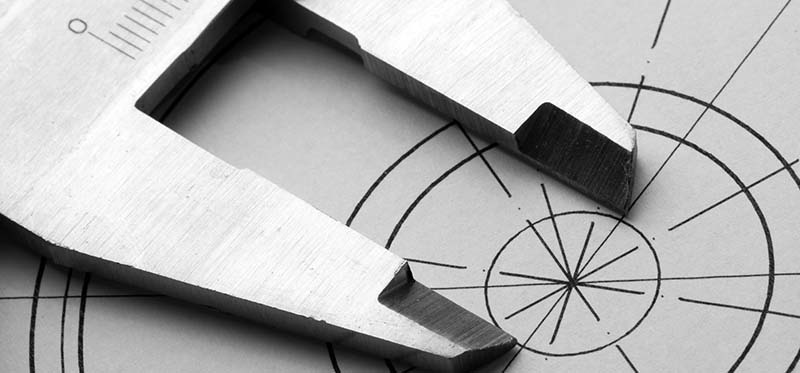Industrial design, product design and mechanical design are both related and different, and are jointly completed by many people.
Industrial Design:
In essence, it is the appearance design. It is mainly the expression of aesthetic feeling in the design and expression of industrial products’ appearance, the positional relationship between features, materials, colors, surface treatment methods, etc. It is widely used in industrial products, handicrafts, daily necessities and other industries. A truly excellent industrial designer, in addition to his aesthetic creation skills, should also understand and be familiar with the working principle, function realization method, internal structure, product realization process, manufacturing method, mold realization method, etc. of the designed product. Only in this way, the designed appearance is “reliable” and can be realized by the product.
Product Design:
Generally, it refers to the design of the internal structure of the product, the design of the support, connection and position relationship between parts, and the realization of the whole machine function. It is generally applied to the structural design of non transmission parts. There are also special cases where a small part of product design also includes the appearance design, and then it is contracted to the end together with the structural design. Product design also requires a very comprehensive knowledge, otherwise, it can only be on paper, or the product can not be realized, or the product design is clumsy, or the cost is high, or the reliability is low, and many other defects. In a word, a good product and a poor product are very different in the eyes of professionals. The focus of product design is on product appearance, detail workmanship level, cost control, etc. For example, mobile phone products, their structure is not complicated, but their quality level is quite high, and they have a good grasp of details.

Mechanical Design:
Generally, it is mainly used in non-standard automation equipment, mechanical equipment, robots and other industries, mainly focusing on products with more moving parts, and the whole machine is complex, expensive, relatively high technology content and so on, but the production batch is generally not too large. This position requires a solid foundation in mechanical principles, mechanical analysis, motion simulation, etc., and also needs to understand the relevant knowledge of each component. It is a high threshold position. The product focus of mechanical design is on function realization, reliability, performance parameters, etc., while the requirements for industrial design, user experience, appearance quality, etc. are relatively low. For example, designing a machine tool requires high reliability and performance.
Conclusion
The above three different positions can be said to be related to each other but have great differences. For example, industrial design and product design, a commodity needs to design both the surface and the structure. At this time, you should not only know the surface design, but also learn the primary surface, and also learn the structure design. Therefore, the learning should be targeted. For your industry, you should learn what the industry needs!


